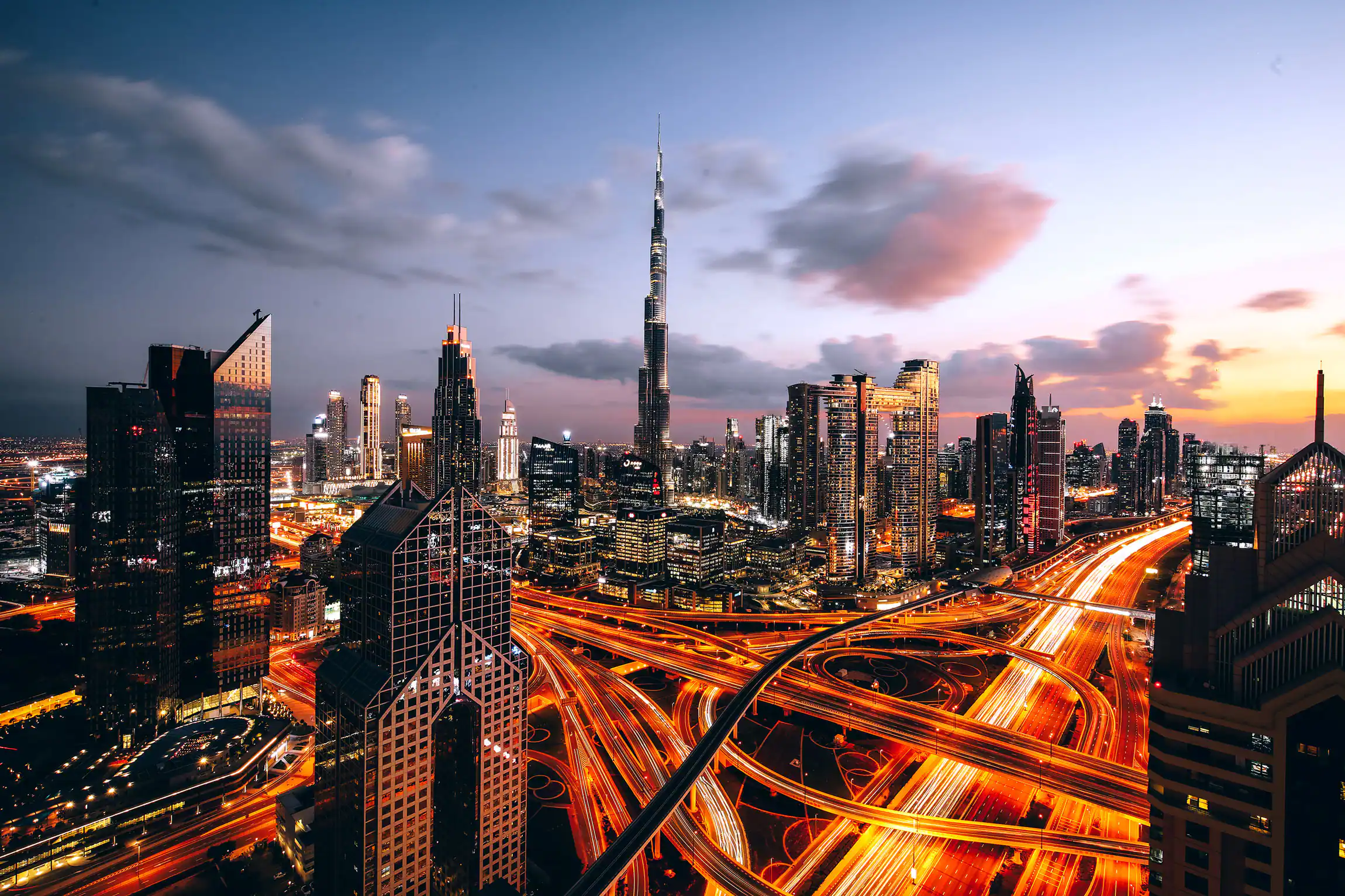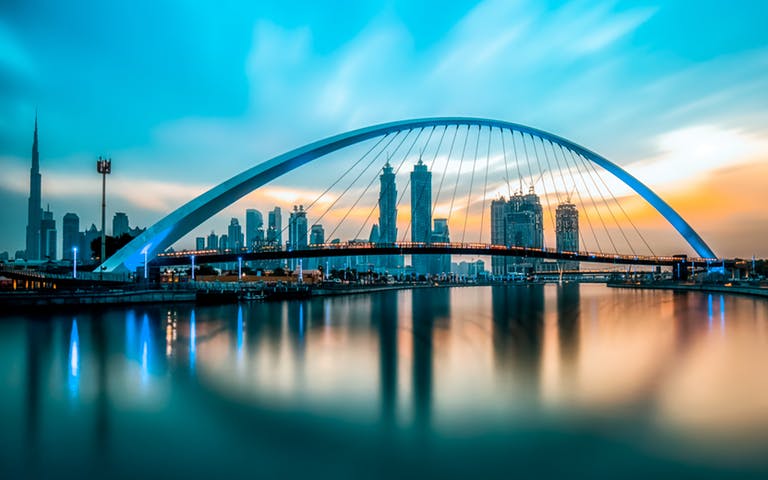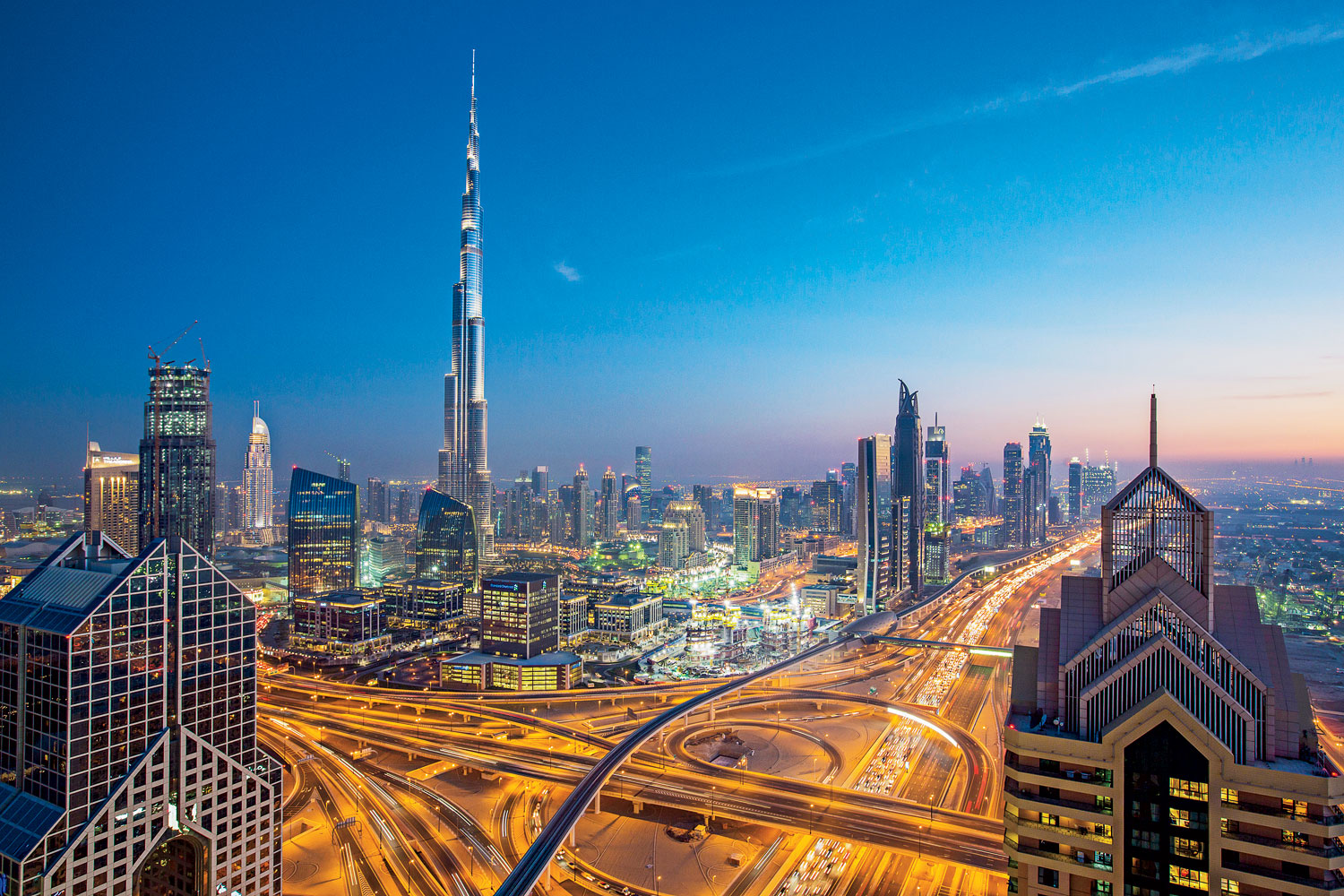Food & Nightlife
Dubai has an excellent nightlife scene with a large choice of bars and nightclubs to be enjoyed. Most of the licensed pubs, bars and discotheques are in hotels, but there are some exceptions.
Dubai also some laws when it comes to nightclubs which should be kept in mind before heading out, all nightclubs must close at 3.00 am. The official minimum age to purchase alcohol is set at 21 but some clubs reserve the right to refuse entry to anyone below 25. At some of the most prestigious clubs in the city, bouncers tend to be a little strict about unisex groups. So as long as you have at least one girl in your party, you shouldn’t face too many issues.
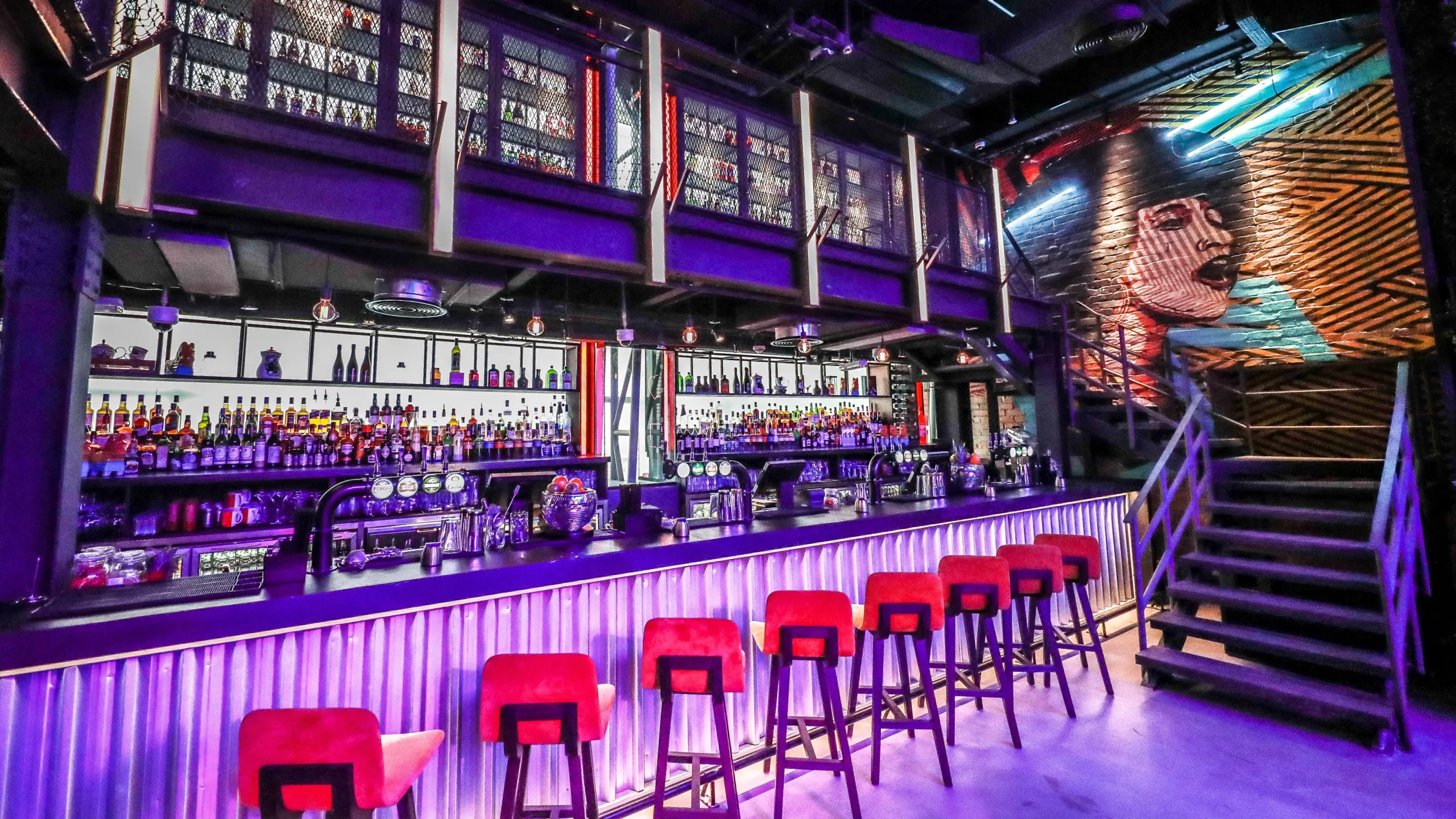
History
From humble beginnings as a small fishing village first documented in the 18th century, the city grew rapidly as it became a major centre of the pearl-diving industry. With its business-savvy ruling family reducing taxes and welcoming foreign merchants, the city expanded further in the early 20th century and soon became a re-exporting hub for Persia and India. Benefiting from modest oil wealth in the latter half of the 20th century, Dubai continued to focus on trade and attracting investment, channelling oil surpluses into major infrastructure projects such as an international airport, dry docks, and a trade centre. In the 1990s the city began to diversify, building up its luxury tourism, real estate, and financial sectors. These all required skilled, educated foreign workers, and many moved to Dubai for its tax-free salaries and relatively stable politics. With expatriates coming from elsewhere in the Arab world as well as from Asia, Europe, and North America, the city took on a rather cosmopolitan air and was considered to have one of the most liberal societies in the region.
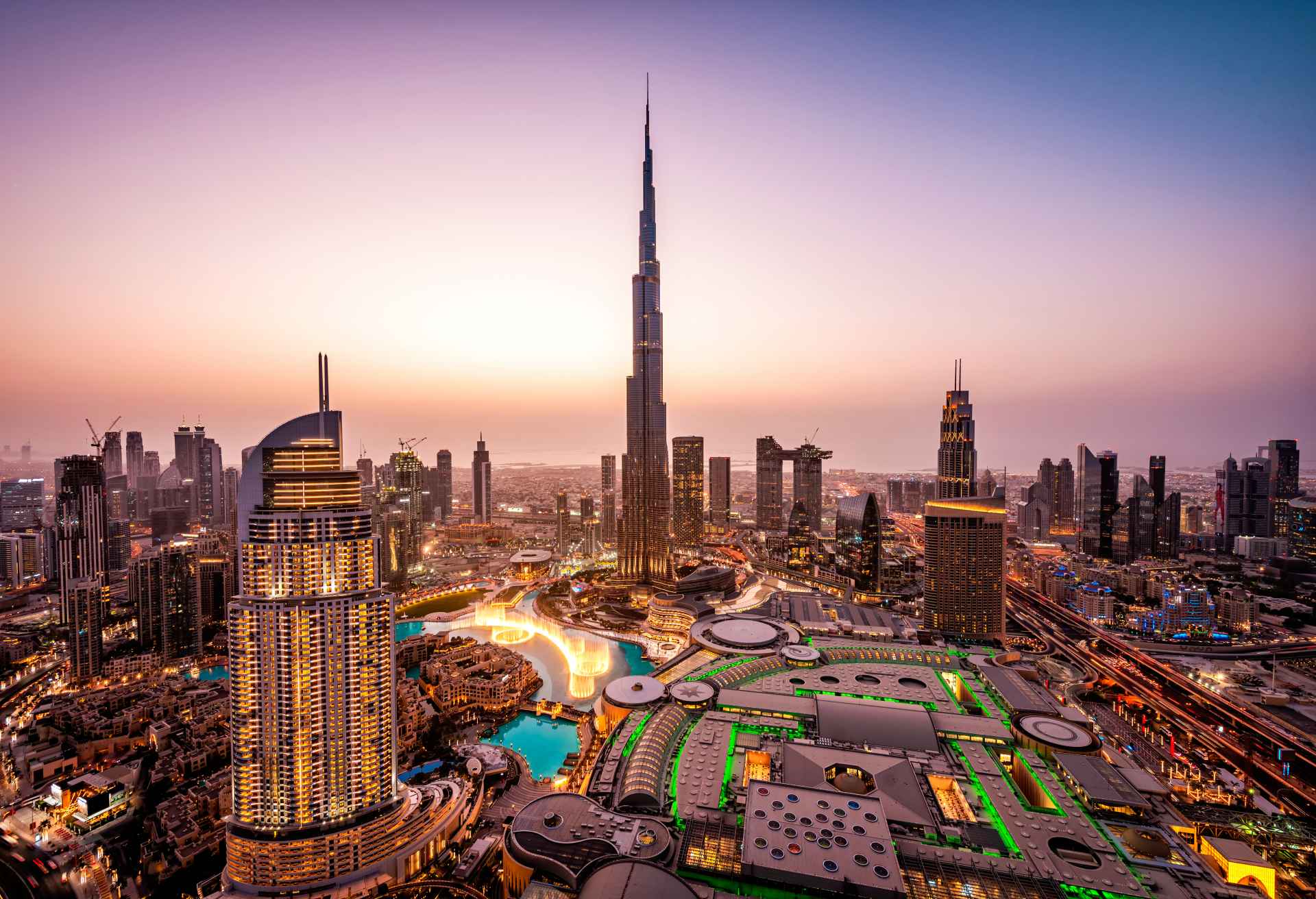
City Sites & Layout
Dubai straddles a natural inlet called Dubai Creek on the southern shores of the Persian Gulf. For more than a century, the area was Dubai’s centre, because of the early city’s reliance on fishing, pearl diving, and maritime trade. Lining the creek are the oldest buildings in Dubai, most of which date from the 1960s and are rarely more than two stories in height. In the Bastakiyyah quarter, on the western shore of the creek, some much older buildings have been restored, and many of these feature the distinctive wind tower design that was imported by Persian merchants early in the 20th century.
The new city centre is a string of skyscrapers lining Sheikh Zayed Road. Notable among these are the Emirates Towers, which were built in the late 1990s and early 2000s and which house a hotel and government offices. Close to Sheikh Zayed Road is the Dubai International Financial Centre, housed in a futuristic arch-shaped building, and the Burj Khalifa, which at the time of its official opening in 2010 was the world’s tallest building; it was named after the president of the United Arab Emirates and emir of Abu Dhabi, Khalifa ibn Zayed Al Nahyan. To the west of the skyscrapers lie several affluent suburbs, most of which house substantial villas. On their periphery lies the Burj al-ʿArab, a giant sail-shaped tower which is home to a luxury hotel. Farther west are new clusters of skyscrapers surrounding a man-made marina and several man-made lakes.
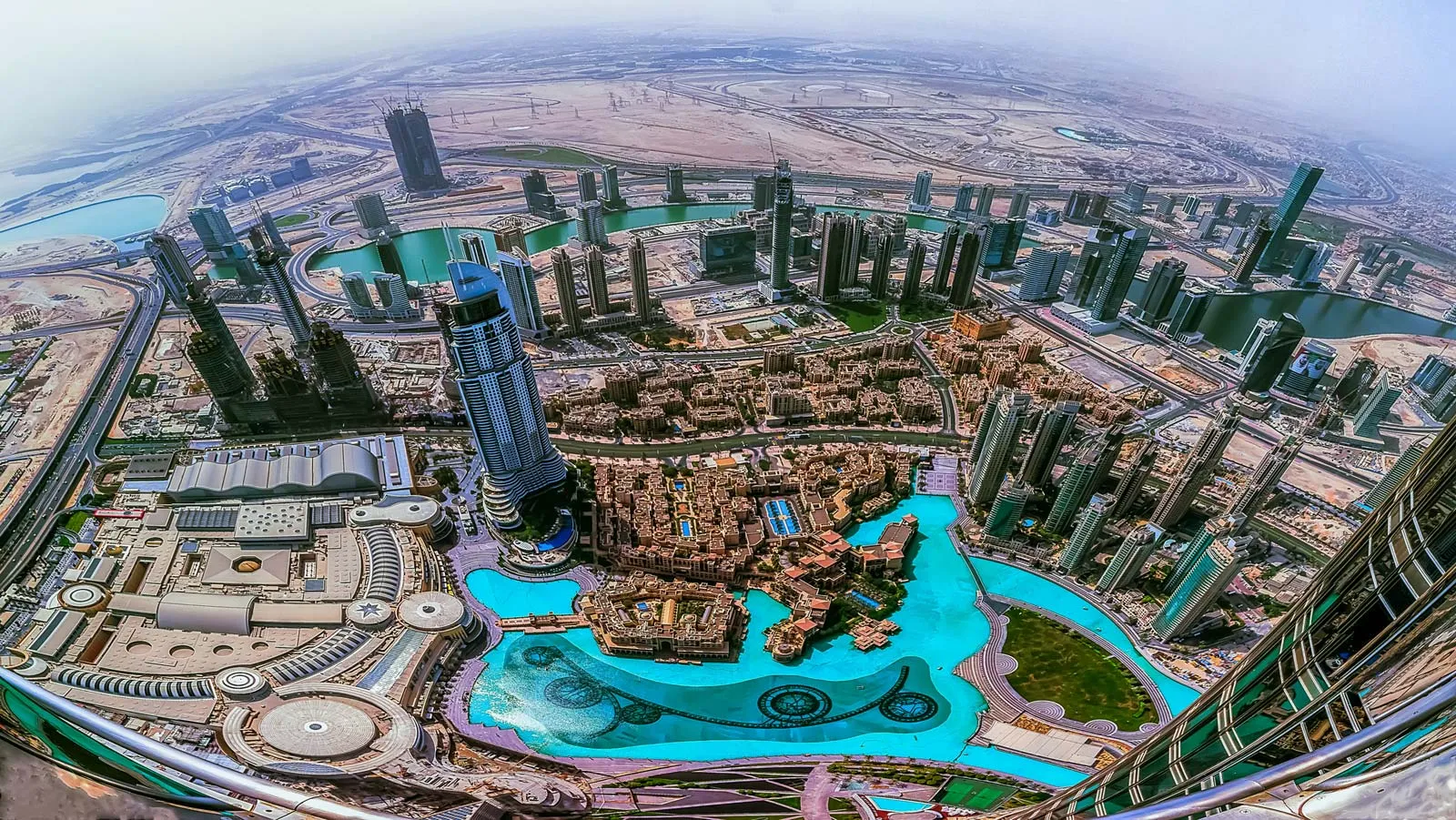
Economy of Dubai
Contrary to popular belief, Dubai does not have an oil-based economy. The little oil wealth it did enjoy between the 1960s and the 1990s was used to enhance other sectors of its economy by building physical infrastructure. Trade remains at the core of Dubai’s economy, with the city operating two of the world’s largest ports and a busy international air cargo hub. The Jebel Ali free-trade zone was established in the 1980s to attract industrial investment; activities based there include aluminum smelting, car manufacturing, and cement production.

